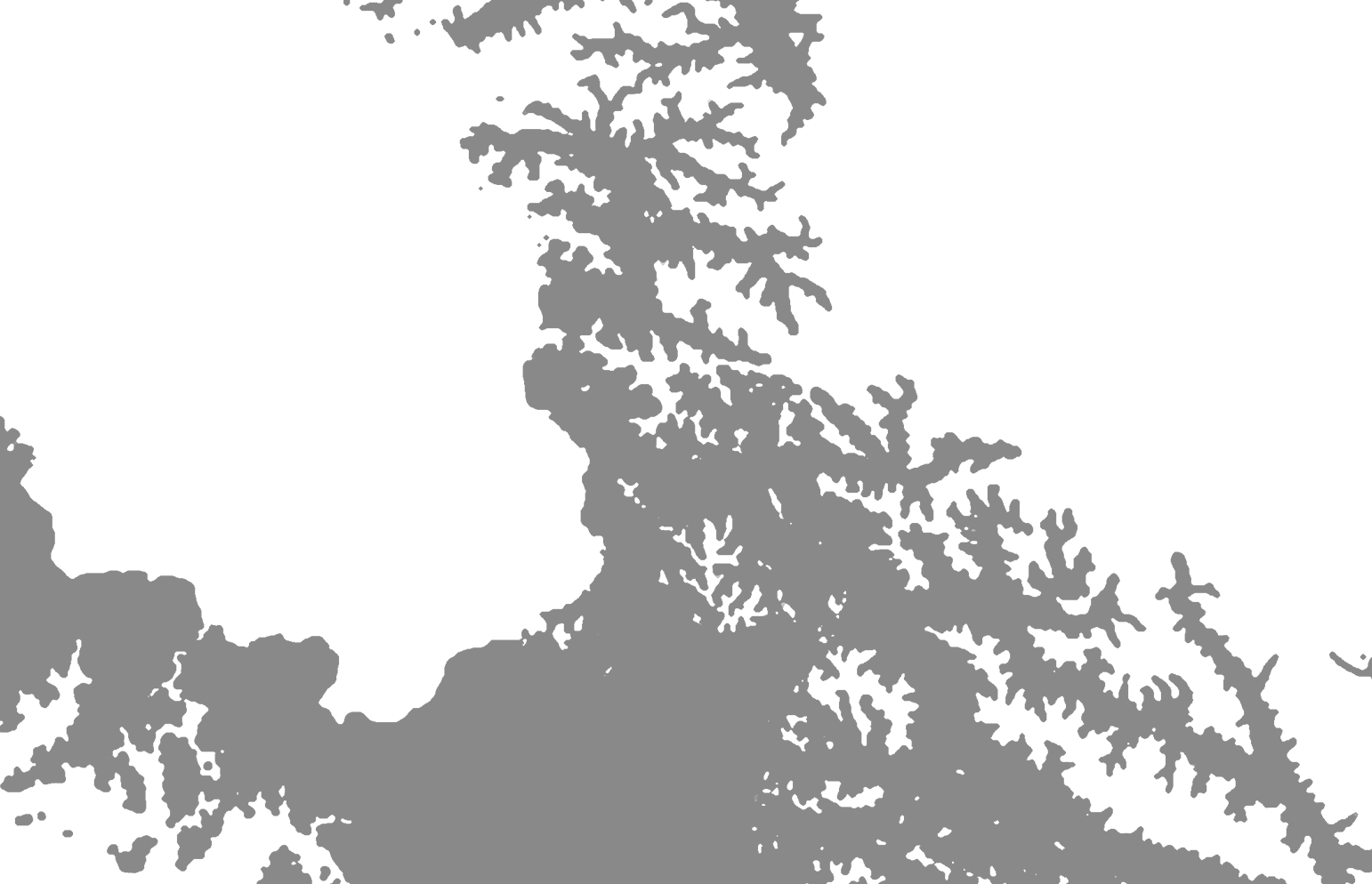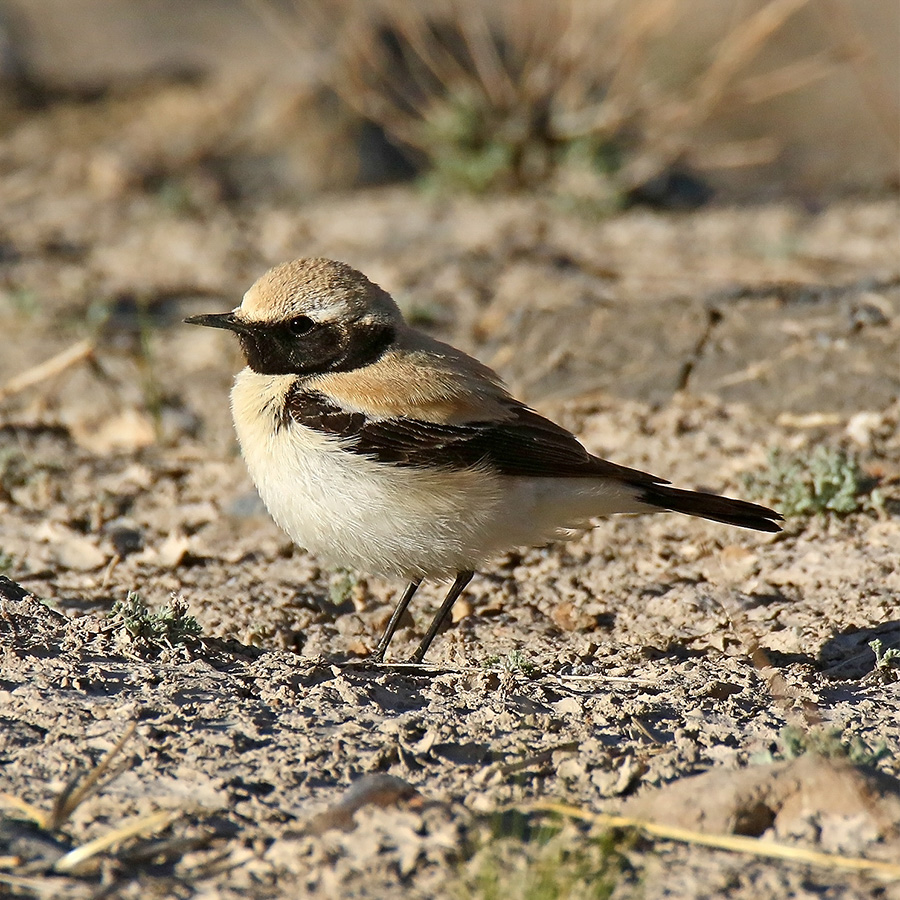Description:
Medium-sized wheatear, sandy-brown upperparts, with largely black tail and contrasting white rump. Male has black throat (partly obscured by pale fringes in fresh plumage). Female has blackish centres to wing-coverts and tertials in fresh plumage, and largely black wings when worn.
Distribution:
Common passage migrant through the eastern parts of Gilgit-Baltistan, absent from Ghizer and Diamer. Found in dry steppes and desert edge with little vegetation, sparsely bushed stony and gravel plains, up to 4200m; winters in barren semi-desert.
Behavior:
Feeds on ground with bound-and-grab maneuvers; also scans from perch, often in winter a piece of stubble, and sallies either to ground or after flying insects; occasionally uses hovering for hunting. Mainly feeds on invertebrates; also occasionally seeds. Animal food includes adult and larval beetles, flies, ants, bees, grasshoppers, bugs, termites, dragonflies, spiders, woodlice and worms.
Photo Gallery:
Range & Occurrence:


Distribution Map of Desert Wheatear in Gilgit-Baltistan (Status: )
Seasonal Occurrence of Desert Wheatear
Resources:
Birds of Pakistan: Helm Field Guides (R. Grimmett & T. Inskipp)
The Birds of Pakistan (T. J. Roberts)
Birds of the Indian Subcontinent (C. Inskipp, R. Grimmett & T. Inskipp)
Birds of South Asia: The Ripley Guide (P. Rasmussen & J. Anderton)
Birds of India: Collins Field Guide (N. Arlott)
Handbook of the Birds of India and Pakistan (S. Ali & S. D. Ripley)
Handbook of the Birds of the World (https://www.hbw.com)
The Clements Checklist of Birds of the World, 6th Edition
iNaturalist BoGB (inaturalist.org/projects/birds-of-gilgit-baltistan)
Birds of Gilgit-Baltistan (http://fb.me/birdsgb)
*Gallery images on this page are shared from flickr.com, and are copyrighted to their respective creators or owners.

